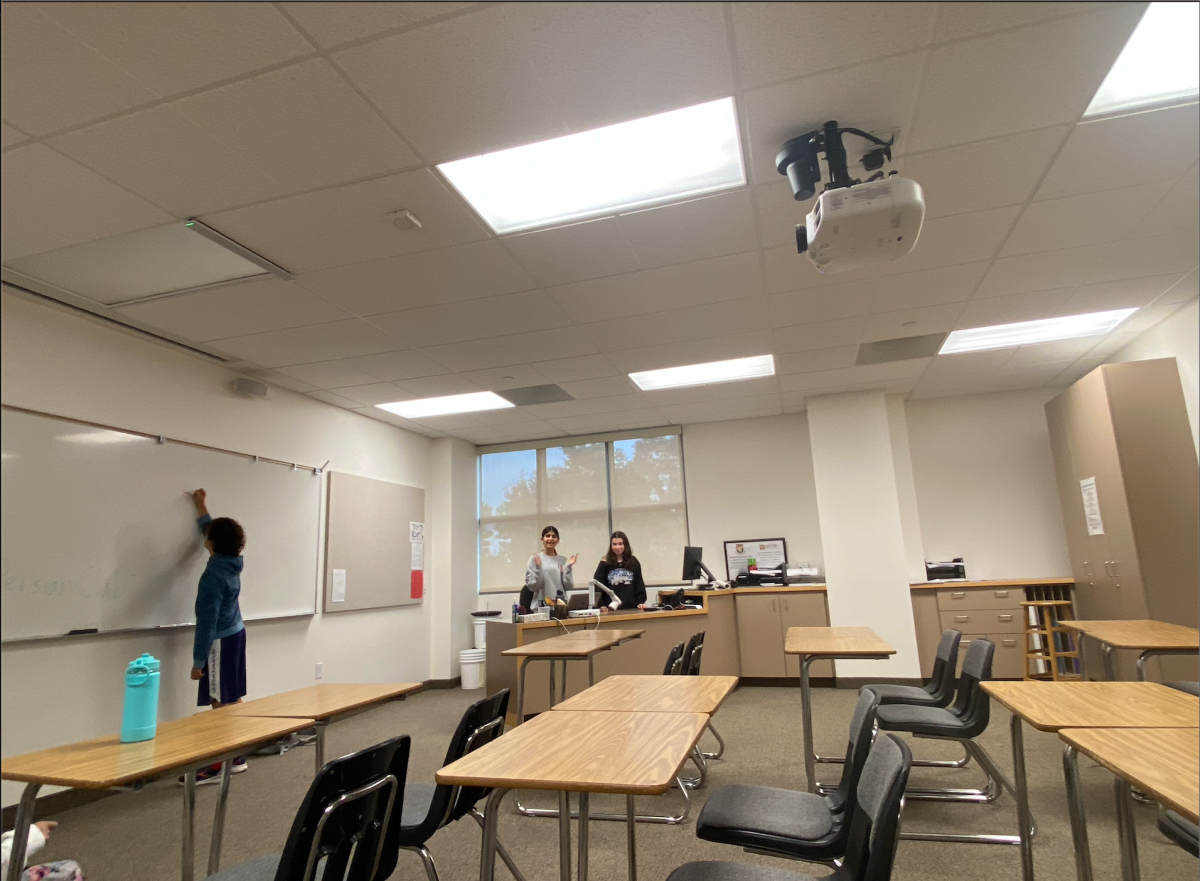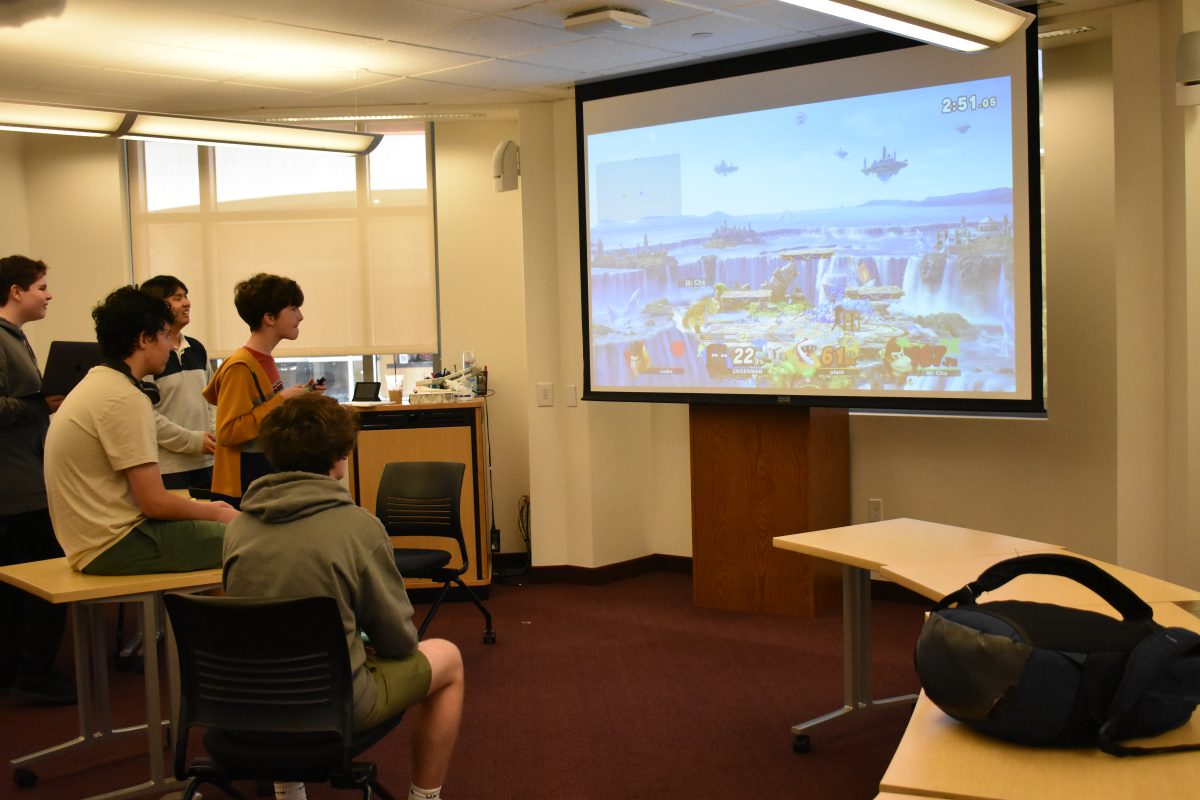Miles and miles of darkness. Cold so intense that even atoms can’t move. Millions of miles behind, millions of miles to go. NASA’s new rover, Perseverance, has already seen more of our universe in a few months than any human has seen in a lifetime.
According to NASA’s website, Perseverance has already traveled over 124 million miles at a rate of about 63,669 mph since the rover’s launch July 30. Believe it or not, that’s still less than halfway to its destination: planet Mars. The goal of the mission is for the Perseverance rover to seek signs of ancient life, collect rock and soil samples and then return to Earth if possible.
The journey roundtrip is expected to take around one Mars year, or in other words, 687 days from the day the rover launched. The rover is scheduled to land Feb. 18 on Jezero
Crater, Mars. Scientists believe that the area was flooded with water long ago and was home to an ancient river delta.
“Water ice will be a key consideration for any potential landing site,” according to NASA’s website. “With little room to spare aboard a spacecraft, any human missions to Mars will have to harvest what’s already available for drinking water and making rocket fuel.”
The rover itself carries a variety of tools to conduct groundbreaking research. Some of these tools are for taking pictures, others are for mapping mineralogy and organic compounds, and there are even ones for scanning oxygen and carbon dioxide levels. Believe it or not, there’s an instrument called the Mars Environmental Dynamics Analyzer (MEDA) that measures temperature, wind speed and direction, pressure, relative humidity and even dust size and shape on the Perseverance rover.
In addition to its main mission, the Perseverance rover is also testing out new technology for future robotic and human missions to Mars. Perseverance is testing an autopilot for avoiding hazards (called Terrain Relative Navigation), an autonomous navigation system for faster driving in rougher terrain, and a set of sensors for gathering data during the rover’s landing.
“I am really excited for our Astronomy unit towards the end of the year when we will discuss the Rover and its mission,” Harvard-Westlake (HW) science teacher Tara Eitner said. “It is one of the most technologically advanced Rovers we have ever sent up and the data it could send back to us has the potential to change what we know about life in our solar system.”
Eitner grew up a mile from where the moon rovers were tested, and drove by their fake moon terrain every week. “Rovers have always captured my imagination,” she said. “I can’t wait to see what data the Perseverance sends back!”
This rover is just the beginning of our world’s journey to Mars, and while there are thousands of obstacles and challenges ahead, Perseverance’s data will help us get one step closer to putting humans on the Red Planet.











